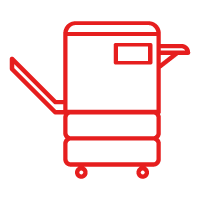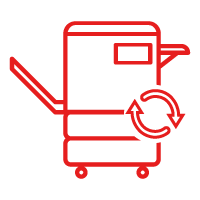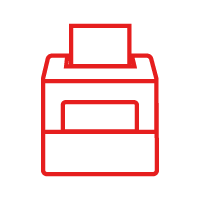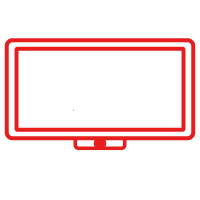-
Industry
SolutionsIndustry
SolutionsTeam with a technology partner that delivers across all industries.
Read more about industry solutions -
Software
SolutionsSoftware
SolutionsLearn how to optimise your business processes to save time and increase productivity.
Read more about software solutions -
Services
-
Products
Products
Feel confident knowing your technology will deliver reliability and longevity as you move forward.
Read more about productsMultifunctionEnhance your operational and financial performance with Toshiba's award-winning range.
Read more about multifunction Software
SoftwareSave money, better manage documents, secure critical information and improve efficiency.
Read more about software Pre-Owned MFDs
Pre-Owned MFDsQuality pre-owned A3 Multi-Function Devices (MFDs) fully refurbished by master manufacturer-trained technicians.
Read more about refurbished MFD Barcode Printer
Barcode PrinterToshiba Auto-ID, Barcode and Label printers are the perfect solution for everyday business.
Read more about barcode printer Printers
PrintersDesigned to deliver power and performance to small businesses and workgroups.
Read more about printers Interactive Flat Panels
Interactive Flat PanelsCreate inspired learning and smarter corporate collaboration
Read more about IFPs
-
Support
Support
We are here to help! Discover and access information about your Toshiba products or simply contact us for priority service.
Read more about support -
Company
Company
Toshiba is the world's most trusted provider of industry-targeted solutions that help increase the value of ideas and information.
Read more about company
The Internet of Things has penetrated the logistics industry more than many people realise.
Trucking is Connected.
 Toshiba connected transport.
Toshiba connected transport.
The majority of transport trucks on the road today are actually more connected than even our homes and have been for over a decade. The industry has created its own term for this, IOTT (the Internet of Trucking Things), and fleets are working hard to further advance this innovative approach. IOTT has given fleets the ability to streamline their processes through integration with their TMS, keeping the roads safer and drivers happier with tools that allow them to focus on driving while costs are reduced.
Reducing Paper
According to the Wall Street Journal it is estimated that by 2020 50 billion devices will be Internet-ready, which is expected to generate $1.9 trillion in economic value in the supply chain and logistics sector over the next 10 years.
Paperwork That Can’t Be Eliminated
So the real challenge now is this: how to integrate EXTERNAL paperwork into INTERNAL workflows.
External Paperwork in Internal Workflows
Although basic scanning and OCR has been around for decades.....the factors and capabilities to access your scanned documents have evolved and document workflow software is the key to maximizing this potential. With your transport truck now connected, smart phone and tablets able to function as a PC, and a huge variety of software's now running your business the ability to scan your external document from any location and any device is a game changer for your business. This type of tool will ensure speed, accuracy, cost savings and allow you to bring the EXTERNAL WORKFLOW in to the INTERNAL WORKFLOW.Assessing External Workflows
There are four key factors to be considered when determining how to integrate external paperwork.- When is the document produced and from what physical locations?
- How is the document currently identified internally for processing?
- Once processed where does the document go and who gets it there?
- Where are the Pain points in your workflow?
Whether carried out by administrative staff, billing staff, general staff or software, understanding how external paperwork is currently brought in is essential to determining how document scanning technology can help perform the process more effectively.
Eliminating pain points in workflow
Like any piece of software it's only helpful to your business if it solves your pain.....If after assessing your current external workflow you're able to determine that there is no pain....then great news and keep on trucking.....however I believe it's safe to say that no process is perfect and there are always ways to improve and help your fleets day to day operations run better.
That is where we at Toshiba can help as our company has been providing business's with the tools to run better for over 35 years. Since our first printer in 1979 we have been helping customers manage their paper workflow all over the globe.
To learn more about our document management tools visit www.toshiba-business.com.au, call 1300 794 202 and email mrenehan@toshiba-tap.com or rbarton@toshiba-tap.com
